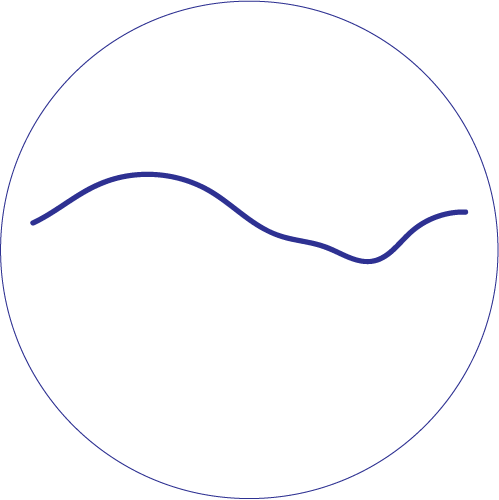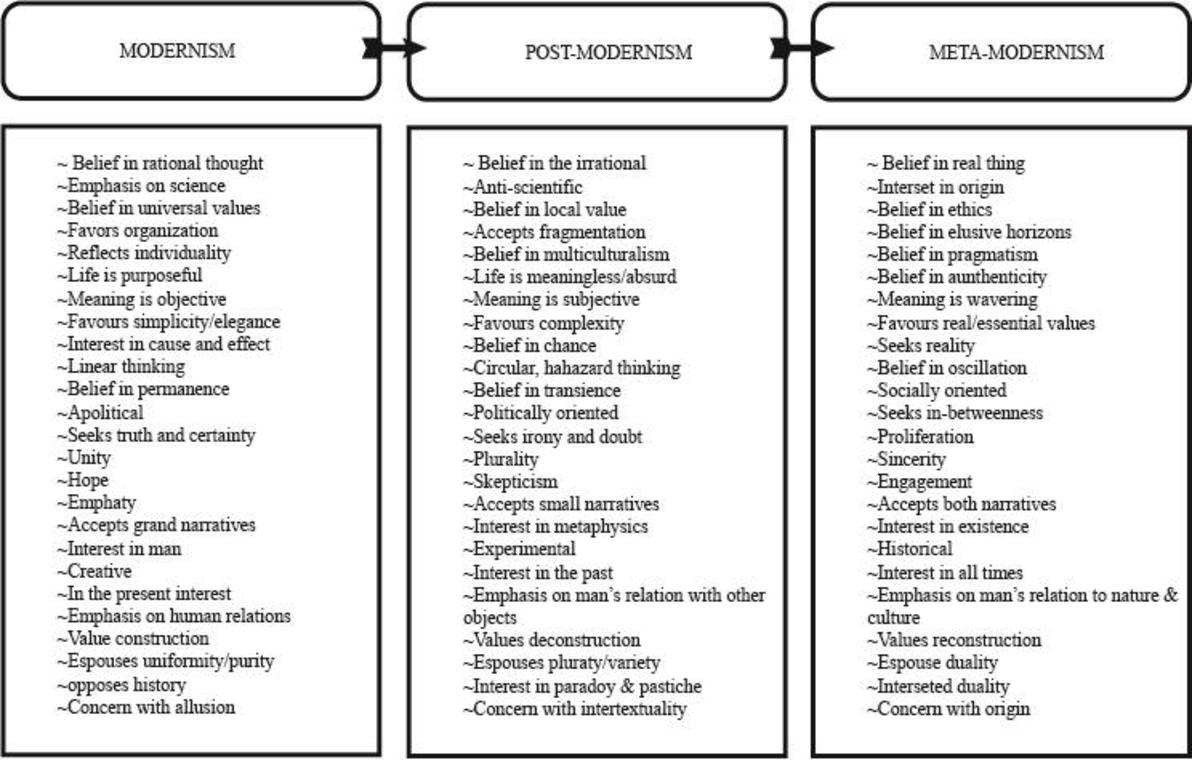The Painted Closet Of Jonathan David Field
1
INTRODUCTION
2 & 3
In the early seventeenth century, Lady Anne Bacon Drury of Suffolk, England, created a tiny painted room[1] in her massive country house consisting of panels of pictures and mottoes, grouped under Latin sentences.[2] Some panels point to Classical and Biblical sources, others register carefully veiled critiques of political events and figures. Yet others are original compositions by Lady Anne.
Lady Anne used this closet as a kind of three-dimensional book, the panels functioning as objects of meditation to enable her to cope with the disappointments of her life.
For the past six months I have been re-working Lady Drury’s project in my studio in Ipswich, England.
My aim here is to point to some of the influences, ideas and impulses that have accompanied the project since it began. I hope to capture something of the fluidity and unpredictable nature of the studio experience.
NOTHING IS KNOWABLE
4
Unlike the Puritanical spirit of Lady Drury’s Painted Closet, my project is fundamentally opposed to the creation of something established and consolidated. Images, texts and materials are added, moved, re-placed and re-positioned to generate a never-ending semantic flow.
Nothing stays put. Nothing is knowable.
This is important.
Why?
I IS SOMEONE ELSE!
5
Arthur Rimbaud’s declaration “Je Est Un Autre” (I Is Someone Else) has served as a rallying cry for Romantics of all stripes.
It also serves as an introduction to psychoanalyst Jacques Lacan’s theory of identity. According to Lacan, we are always split between a conscious side, a mind that is accessible, and an unconscious side, a series of drives and forces which remain inaccessible.
This project is driven by these drives and forces.
Blimey! This sounds very grand!
THE SHADOWY STUFF WITHIN
6
I once stumbled on the following words when reading my horoscope:
“Psychiatrists say most people need a scapegoat – a personification of wickedness and ignorance onto which they can project the unacknowledged darkness in their own hearts. How to neutralize that reflex and at least partially divest yourself of the need for scapegoats? The first thing to do is identify your own darkness with courageous clarity. Get to know it better. Converse with it. Negotiate with it. The more conscientiously you deal with that shadowy stuff within you, the less likely you’ll be to demonize other people.”[3]
Out of nowhere, these words explained something important to me (it’s funny when this happens). The more the work develops, I have found, the more I get to know the “shadowy stuff within.”
TRANSCENDENTAL MEDITATION
7
I allow my experience of Transcendental Meditation (which I have practiced for over thirty years) to determine the aesthetic decisions and value judgments made along the way.
I recommend T.M. highly. If interested, visit: https://www.tm.org/
THEN ONE, THEN THE OTHER, ONE AGAIN, AND YET ANOTHER
8
I have also realized, over time, that my Closet recycles old forms of Western art, especially 1960s American Pop Art and Minimalism.
Lots of my contemporaries do this.
For example, Gerhard Richter.
“Richter’s late abstraction re-constitutes aesthetic totality from the ruins of modernism. It compels conviction because, rather than pretend that the ruination never happened, it is made of that debris, that negation.”
9
These historical references might represent the fact that I am an Art History teacher by trade.
Or that 1960s American art was my first art crush.
The explanation I like best though, is provided by Timotheus Vermeulen and Robin van Den Akker. In Notes on Metamodernism, they define a kind of practice that:
“… repositions itself among and in the deconstructed isms and desolate ruins that rest from the postmodern and the modern, and reconstructs them in spite of their un-reconstructableness in order to create another modernity: then one, then the other, one again, and yet another.”
Then one, then the other, one again, and yet another.
This is exactly what happens in my studio.
PLUS CA CHANGE, PLUS C’EST LA MEME CHOSE
10
What is striking about Lady Drury’s project, and what originally attracted me, is that although it is over four hundred years old, it seems so contemporary. Nothing much has changed in all this time.
How were we so deceived? she asks in one panel.
Plus ça change, plus c'est la même chose.
A STRUGGLE IN MARMALADE
12
“Society takes on the aspect of uniform motion. The artist is the hero who struggles against uniform motion, a struggle in marmalade.”[4]
WELCOME TO THE POST-TRUTH WORLD
12
Sometimes though, I think there’s a strongly twenty-first century sensibility to this project.
Why?
I think it’s because a lot of the images I am drawn to are somehow ‘fake’.
Writing in 2004, the Japanese author Haruki Murakami suggested: "We are living in a fake world; we are watching fake evening news. We are fighting a fake war. Our government is fake. But we find reality in this fake world. So our stories are the same; we are walking through fake scenes, but ourselves, as we walk through these scenes, are real. The situation is real, in the sense that it's a commitment, it's a true relationship."[5]
How might we make art in such a world?
ACTS OF DEFIANCE
13
In American Psychosis (2017), Pulitzer-prize winning journalist and activist Chris Hedges argues that:
“Resistance movements will have to look now at the long night of slavery, the decades of oppression in the Soviet Union and the curse of fascism for models. The goal will no longer be the possibility of reforming the system but of protecting truth, civility and culture from mass contamination…Acts of defiance will often be subtle and nuanced. They will be carried out not for short term gain but the assertion of our integrity. The more we retreat from the culture at large the more room we will have to carve out lives of meaning, the more we will be able to wall off the flood of illusions disseminated by mass culture and the more we will retain sanity in an insane world. The goal will become the ability to endure.”[6]
Maybe this project is such an act of defiance.
Again, blimey!
THAT’S WHY THEY FILL IT WITH NOISE ALL THE TIME
14
I titled my Ph.D thesis ‘Mute Painting’.
Why ‘Mute’?
Because I like John Berger’s suggestion that “Silence, you know, is something that can’t be censored. And there are circumstances in which silence becomes subversive. That’s why they fill it with noise all the while.”[7]
A NEW ENTHUSIASM
15
Just the other day I was discussing this project with my friend Bob, and he suggested I look at the Mnemosyne Atlas by German art historian Aby Warburg.[8]
In 1927, Warburg started to compose a work in the form of a picture atlas named Mnemosyne. It consisted of forty wooden panels covered with black cloth, on which were pinned nearly 1,000 pictures from books, magazines, newspaper and other daily life sources. There were no captions and only a few texts in the atlas. It was left unfinished when Warburg died in 1929.
"Warburg certainly hoped that the beholder would respond with the same intensity to the images of passion or of suffering, of mental confusion or of serenity, as he had done in his work."
Wow!
POSTSCRIPT
16
Over the next six months I will update my page as the project progresses.
Stay posted for exciting new developments!

















